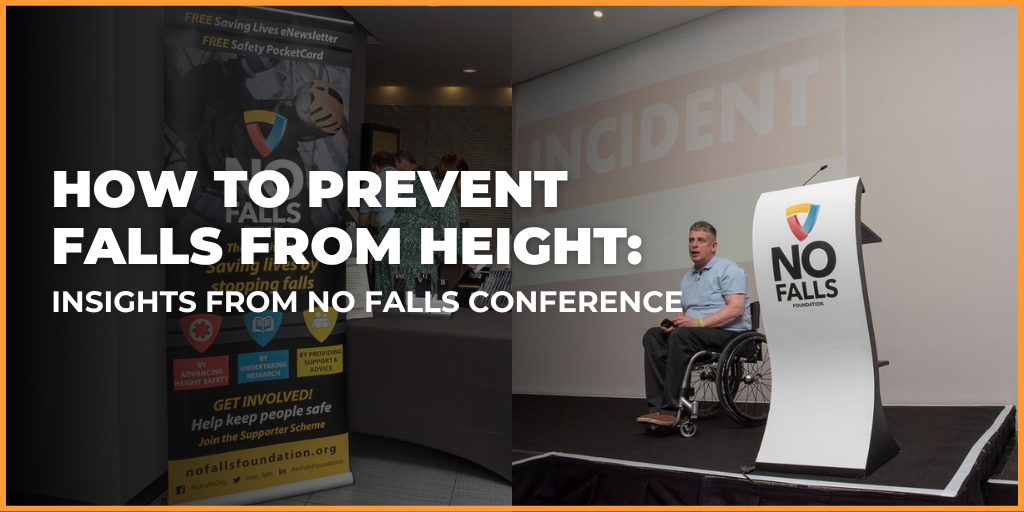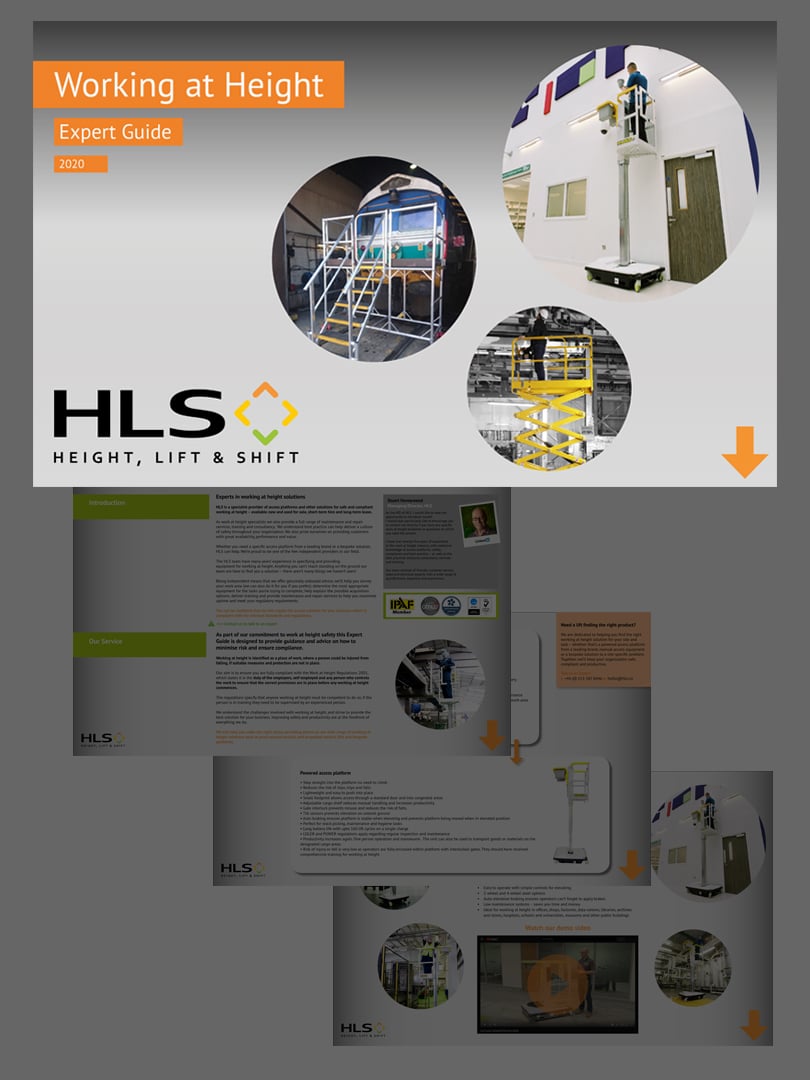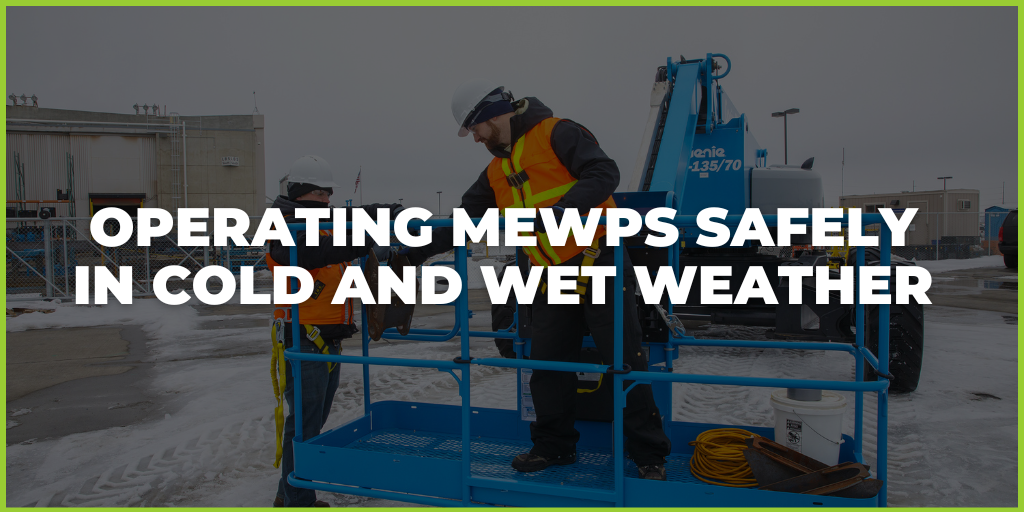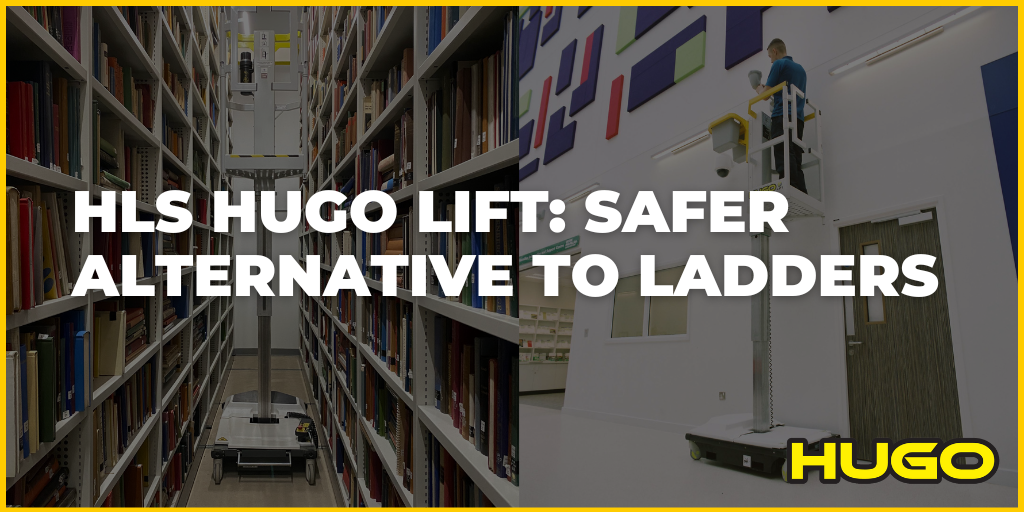Falls from height remain the number one cause of workplace fatalities, and yet, in many businesses, safety culture still lags behind policy. On May 15th, the team at HLS attended the No Falls Conference 2025 at the Radisson Blu Hotel, East Midlands Airport. It was a powerful day of discussion, learning, and real-life stories that reminded us why this issue cannot wait.
This year’s event featured a standout line-up of speakers, including Jason Anker MBE, Professor Tim Marsh, and Dr. Gary Latta (IOSH Vice-President). Each delivering critical insights on why falls from height continue to happen, and more importantly how we can stop them.
This blog will explore what we learned and how HLS can help your business make work at height safer and more productive.
It is not about the fall, it is about the bounce – Jason Anker’s Story
A life-changing moment
In 1993, at just 24 years old, Jason Anker MBE fell from a ladder during an unplanned roofing job. The task came at the end of a long shift. He recognised it was unsafe, but like many workers he went ahead anyway. That decision changed the course of his life forever.
The true impact of a fall from height
What followed was more than just a physical injury. Jason’s story reveals the long-term human cost of unsafe working at height:
- Left paralysed and in a wheelchair
- Told he may never have more children
- Struggled to speak up or seek help
- Turned to alcohol and drug abuse
- Made reckless choices
- Missed out on everyday moments, like kicking a ball with his son
- Affected family relationships
This was not just about one accident, it was about a lifetime of consequences.
Why did it happen?
Jason shared openly about the real reasons behind his decision to proceed with unsafe work:
- Peer pressure and the urge to "look busy"
- Financial stress and fear of job loss
- Embarrassment in speaking up or saying no
- A mix of fatalism and intolerance for safety rules
Introducing the F-IT Score: A tool to measure safety culture
Jason and Tim introduced the F-IT Score, a behavioral safety tool helping individuals and teams reflect on their attitudes toward risk:
- Score 1–3: You rely on rules to stay safe
- Score 4–7: You may overlook risks or become distracted
- Score 7–10: You knowingly cut corners or take unsafe shortcuts
Ask yourself: What is your team’s average F-IT Score?
More importantly: What are you doing to improve it?
The Ripple Effect: A Daughter’s Perspective
Jason’s daughter, Abbi Taylor (Proud2bSafe), shares the lasting impact of her father’s accident, which happened 32 years ago. The ripple effect of his accident still affects their family to this day.
- She was just 3 years old when it happened
- Grew up with anxiety and anger toward the supervisor who failed to act
- Her message was raw and honest that unsafe decisions do not just affect workers, they impact generations.
Professor Tim Marsh (Anker & Marsh)
Tim explained the danger of when F-It turns into F-You and the damaging impact this can have on the culture of a business.
- 9 in 10 accidents are caused by fatigue, distraction, or lack of awareness.
- Situational awareness can fade within minutes. Every hour per day, for approx 5 mins you will be away with the fairies.
- A toxic culture forms when “F-It” becomes “F-You”
Strong safety cultures are built on:
- Clear communication
- Mental health awareness
- Psychological safety
- Engaging toolbox talks
- Fostering dopamine, oxytocin and endorphins to reduce turn over, accidents, absenteeism and increase focus, bonding and trust.
- Minimise cortisol and adrenaline which leads to a negative mindset.
Look out for each other and be mental health first aiders. Strong engaging, learning cultures provide meaning and purpose, as well as banter.
Dr Gary Latta – Getting Back to Basics
IOSH Vice-President Dr. Gary Latta reminded us that falls from height kill more than war zones, with over 648,000 deaths globally each year.
His message was that the tools to prevent falls already exists. What is missing is consistent application.
What we need is:
- Fall protection plans.
- Rescue plans.
- Permit to work systems.
- To address human factors.
- Provision and maintenance of equipment.
- To empower people to call out unsafe behaviour.
What we do not need is:
- Lack of training.
- Poor equipment.
- Cultural acceptance of dangerous practice.
- Complacency and avoidable human error.
- Inadequate suspension and management.
Panel Discussion – Two Decades of the Work at Height Regulations
The day closed with a panel discussion hosted by Peter Bennett OBE of the No Falls Foundation, joined by experts including David Thomas, Rob Harris, Hash Maitra, and Dan Atkinson.
Two decades on from the introduction of the Work at Height Regulations, the panel asked, “Have we really made enough progress?”
While regulations provide a strong framework, human behaviour and organisational culture are still the biggest challenges. The future lies in education, ownership, and leadership, ensuring that safety is not just written into the policy, but actioned on site every day.
It is time to bounce forward
Jason Anker closed his session with a message of resilience, “Focus on what you can do, not what you can’t”. He outlined simple wellbeing steps including hydration, exercise, gratitude, which all support better decision-making. Because safety is not just about using the right equipment, if you look after your wellbeing you look after your health and prioritise safety.
How HLS can help you prevent falls from height
At HLS, we understand that real safety comes from a combination of the right equipment, ongoing training, expert support, and cultural change.
Do not wait for a near-miss or incident to happen. Let our experts help you:
Here is how we support you:
- Access the right equipment
We supply industry-leading height safety equipment from Mobile Elevated Work Platforms (MEWPs) and bespoke platforms, to fall arrest systems.
- Train for real life scenarios
HLS can assist you to choose the correct course to suit your team's needs on any category at your site or at one of our networks of IPAF approved training partners centers across the UK.
- Servicing, repairs & examinations
Keep your equipment safe and compliant with scheduled servicing, Thorough Examinations (LOLER), and on-site repairs by Competent Assessed Person programme (CAP) certified engineers.
- Site surveys
HLS can provide expert assistance by carrying out professional site surveys and/or risk assessments to the most suitable working at height, materials handling, or floor care solutions, as well as identify potential hazards before they become incidents.
- Free Resources & Support
From downloadable guides to checklists and quizzes, our resources will help you proactively identify hazards and help reduce risks when working at height, which is one of the leading causes of work-related injuries and fatalities in the UK.
Final thoughts: Let's change the culture of height safety
At HLS, we are proud to stand behind the same mission echoed throughout the No Falls Conference:
To stop the fall before it happens, by helping businesses build safer systems and stronger cultures.
Ready to take the next step?
Talk to Our Height Safety Experts Today
📧 Email: hello@hls.co
📞 Call: 0113 524 1018









